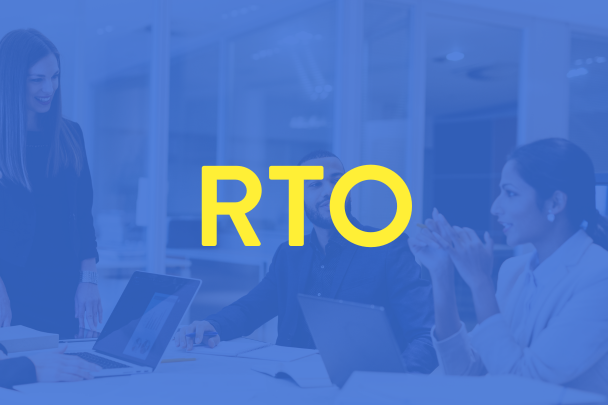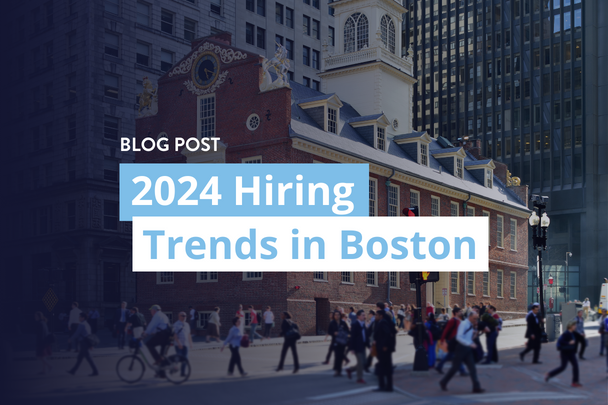Retirement planning is a crucial part of personal finance. It is essential to equip employees with the right tools to save for their future. The SECURE 2.0 Act affects financial management in businesses across the US. This law enables more individuals to access employer sponsored benefits. Employers must now provide certain minimum levels and reporting requirements to remain compliant with the law.
In this post, we’ll dive into the details of these changes and explore ways that hiring managers can support their employees through the transition. By understanding the implications of these new policies, you can help ensure a successful financial outlook for both you and your employees.
Key Takeaways
- On December 23, 2022, the SECURE 2.0 Act was signed into law.
- The act mandates new minimum benefit levels and brings significant changes to retirement planning.
- The new act increases workplace retirement plan access and eliminates age restrictions for traditional IRA contributions.
- The SECURE 2.0 Act includes changes to the required minimum distribution (RMD) rules for retirees.
What is the SECURE 2.0 Act?
Signed into law on December 23, 2022, the SECURE 2.0 Act is a major step to strengthen retirement security for Americans. This sweeping reform bill provides increased access to workplace retirement plans. It allows more workers to secure their financial future and enjoy a comfortable life post-career. Additionally, this act is also known as Setting Every Community Up for Retirement Enhancement (SECURE).
What are the key retirement provisions of the new SECURE 2.0 Act?
The key provisions of the SECURE 2.0 Act include:
Increasing access to workplace retirement plans
Aside from Employee Compensation, one of the biggest concerns facing American workers today is their ability to save for retirement. Many lack workplace retirement plan, risking insufficient funds in their golden years. The Secure 2.0 Act addresses this issue by encouraging employers to offer retirement plans to their employees.
The Act simplifies setting up retirement plans, helping small businesses offer plans to employees. Additionally, the Act offers tax credits to employers who provide plans, making it more feasible for businesses.
The Secure 2.0 Act increases access to retirement plans, ensuring all US workers can save for retirement.
Allowing long-term, part-time employees to participate in employer-sponsored retirement plans
While many employers provide retirement plans to their full-time employees, exclusions often apply to part-time workers. This can be problematic for long-term, part-time employees who lack employer-sponsored retirement plans.
The Secure 2.0 Act requires employers to include long-term, part-time employees in their retirement plans. Employees who work 500+ hours annually for three consecutive years can join employer’s retirement plan.
Consequently, this provision stands to benefit millions of part-time workers previously excluded from employer-sponsored retirement plans. The Secure 2.0 Act enables part-time workers to save for retirement through their employer for financial security.
Eliminating age restrictions for contributions to traditional IRAs
Traditional IRAs have age restrictions that limit older Americans’ ability to save for retirement. However, under the current rules, individuals over the age of seventy and a half cannot make contributions to traditional IRAs.
The Secure 2.0 Act removes age restrictions, allowing older Americans to keep contributing to traditional IRAs. This provision would benefit millions of older Americans who are working longer and need to continue saving for retirement.
Furthermore, the act enables all Americans to save for retirement, regardless of their age.
Creating a new tax credit for small businesses to offset the cost of starting a retirement plan
Recognizing this, the Secure 2.0 Act addresses the concerns of small businesses that may want to offer retirement plans but associated costs deter them. The Secure 2.0 Act addresses this issue by creating a new tax credit for small businesses that start retirement plans.
Small businesses starting a retirement plan would be eligible for up to $500 per year for three years. This would make it more financially feasible for small businesses to offer retirement benefits.
As has been noted, the act creates a tax credit for small businesses. It would ensure more American workers have access to retirement plans and support small business growth.
Strengthening requirements for employer sponsored retirement plans
Consequently, not all plans are created equal. Some plans may have high fees or offer limited investment options, which can negatively impact the retirement savings of workers. The Secure 2.0 Act aims to address these concerns by implementing new requirements for employer-sponsored retirement plans.
Under the Act, employers would offer more transparent information about the fees and expenses associated with their retirement plans. They must disclose investment options, including risks and fees, available to employees.
As a result, employers must disclose information about the investment options available to employees. This includes risks and fees associated with each option. This would help workers make more informed decisions about how to invest their retirement savings.
By strengthening requirements, the Secure 2.0 Act ensures workers access to high-quality retirement plans. This helps them save for retirement and secure their financial future.
What are the new RMD rules for the Secure Act?
The SECURE 2.0 Act includes changes to the required minimum distribution (RMD) rules for retirees. In Addition, the new act raises the age for Required Minimum Distributions (RMDs) from 70.5 to 72. This provides retirees with more time to grow their retirement savings. The act allows a one time penalty free withdrawal of up to $10,000 from IRAs or employer sponsored plans.
In conclusion, the SECURE 2.0 Act is a comprehensive piece of legislation that brings significant changes to the retirement landscape. Hiring managers should be familiar with the provisions of the act and how it will impact their employees’ retirement savings. They can help employees save for their future and gain peace of mind by doing so.











